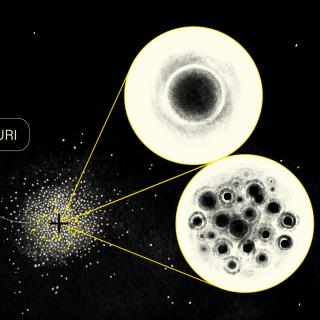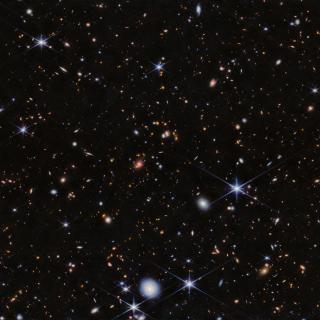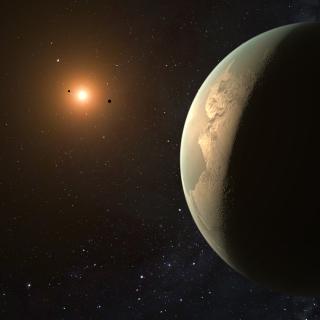The optical communication experiments were carried out with the Optical Ground Station (OGS)
After analyzing the data obtained, the European Space Agency (ESA) confirms the success of the first optical connections between SMART-1 (Small Mission for Advanced Research and Technology) and the Optical Ground Station (OGS), installed at the Teide Observatory (Tenerife), of the Instituto de Astrofísica de Canarias (IAC). With SMART-1, ESA’s first mission to the Moon, this Agency starts a program involving various satellites that, among other purposes, show the viability of optical communication for its application in future space missions to other planets.
In order to do this, the satellite is equipped with a camera called AMIE, its objective being the detection of a laser signal sent from an Earth-based station, specifically the OGS. The main difficulty of the experiment resides in the complexity of accurately aiming the narrow beam of light transmitted from the Earth-based station, which should pass through the atmospheric turbulence that affects the direction of propagation and quality of the signal.
On February 15th, in the early morning, the first optical communications test between OGS and SMART-1 took place. The first link was carried out at 3:16 UTC when the satellite was close to its perihelion, at a distance of 20.000 km. Two other connections were completed while the satellite moved to its aphelion, at a distance of 60000 km. After the complex analysis process of the data taken by the satellite, the experiment has proven successful and the AMIE camera of the satellite detected the signal transmitted by the OGS. The IAC team in charge of the OGS operation contributed to the experiment’s success.
Throughout this year, the satellite will continue to increase the size of its orbit until it is trapped by the gravity of the Moon 18 months later, in a polar orbit from which it will analyze the composition of the Moon’s surface.
During the journey, experiments to test the optical connection between the OGS and SMART-1 will be repeated, with the intention of characterizing the effects of the atmosphere on the propagation of the beam of light toward deep space. The results will be of great importance for the development of new generation optical communication terminals. The next experiment will take place in early April.
In order to carry out tests for optical communication, in orbit, the ESA and the IAC signed an agreement in 1994 for the construction, at the Teide Observatory, of the Optical Ground Station (OGS). This Station basically consists of a 1-meter diameter telescope, along with the necessary equipment for the transmission and reception of optical communications. This telescope will also be used for astronomical purposes and for the observation of space debris.
Responsible parties (IAC): Marcos Reyes and Ángel Alonso.
About OGS:
http://www.iac.es/eno.php?op1=3&op2=6&id=7&lang=eng


